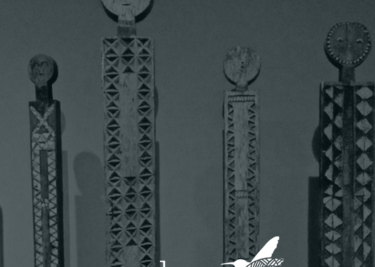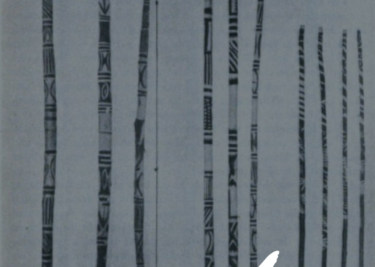Oromo Marriage Rites

The Oromo are a Cushitic community who hail from the Oromia state in Ethiopia. They are one of the largest communities in Ethiopia, having a population of over 41 million people. However, they also occupy other parts of Eastern Africa including Somalia and Kenya. When borders were imposed in the region during colonisation, the community was split up. Despite this, they have retained similarities in their traditional rituals, and marriage is no exception.
The Oromo are well-versed in the art of courtship as their traditional marriage ritual begins years before the actual wedding ceremony. For this tribe, community is the foundation of everything, and, so, the entire courtship process is driven by a need to ensure that the two spouses can properly integrate into their partner’s communities and clans. To ensure this, a meticulous vetting process is carried out, which could take up to two years before resulting in a wedding.
When an Oromo boy identifies the girl he’d like to spend his years with, the formal process of betrothal, known as Naqataa, begins. In order to win her hand in marriage, the boy must demonstrate not only personal but also social responsibility. This means that he must be able to cater for the needs of his wife and her community.
According to protocol, he informs his father of his interest, and his father then approaches the girl’s family to ask for a meeting. Both sets of parents conduct in-depth research on each other’s families to ensure that the two children are not blood-related, and their backgrounds are compatible. It is not only the elders who are involved in this, but the youngsters also play a part in the courtship! Fully aware of the intentions of male suitors, Oromo girls usually send a message of approval to their chosen partner, with the help of their close friends. With this push of encouragement, the boy can feel confident as he travels to meet his potential in-laws.
To mark the importance of the first meeting, the attendees adorn themselves in special clothing, and the male suitor’s family carries with them a stick called the siinqee, which is left outside the girl’s home to indicate that the courtship process has officially begun. If the first meeting goes well, a second one is arranged, and, this time, the boy is allowed to bring the siinqee inside the house to signify his in-laws’ approval.
Over the next couple of years, the meetings continue, and the boy carries out tasks to prove his worth. Once the girl’s family is satisfied, the wedding ceremony is planned. Much like the courtship, it is a long affair, with the festivities lasting three or more days. The bride’s family is showered with gifts and community elders oversee the festivities.
On the last day of the ceremony, the bride is brought home, and, at long last, the two are declared married!
We would love to know how people court and marry in your community. Please share in the comments.




1 Comment
Awesome! Naqataa is funny because it means ‘I have refused’ in Swahili. Hehe.